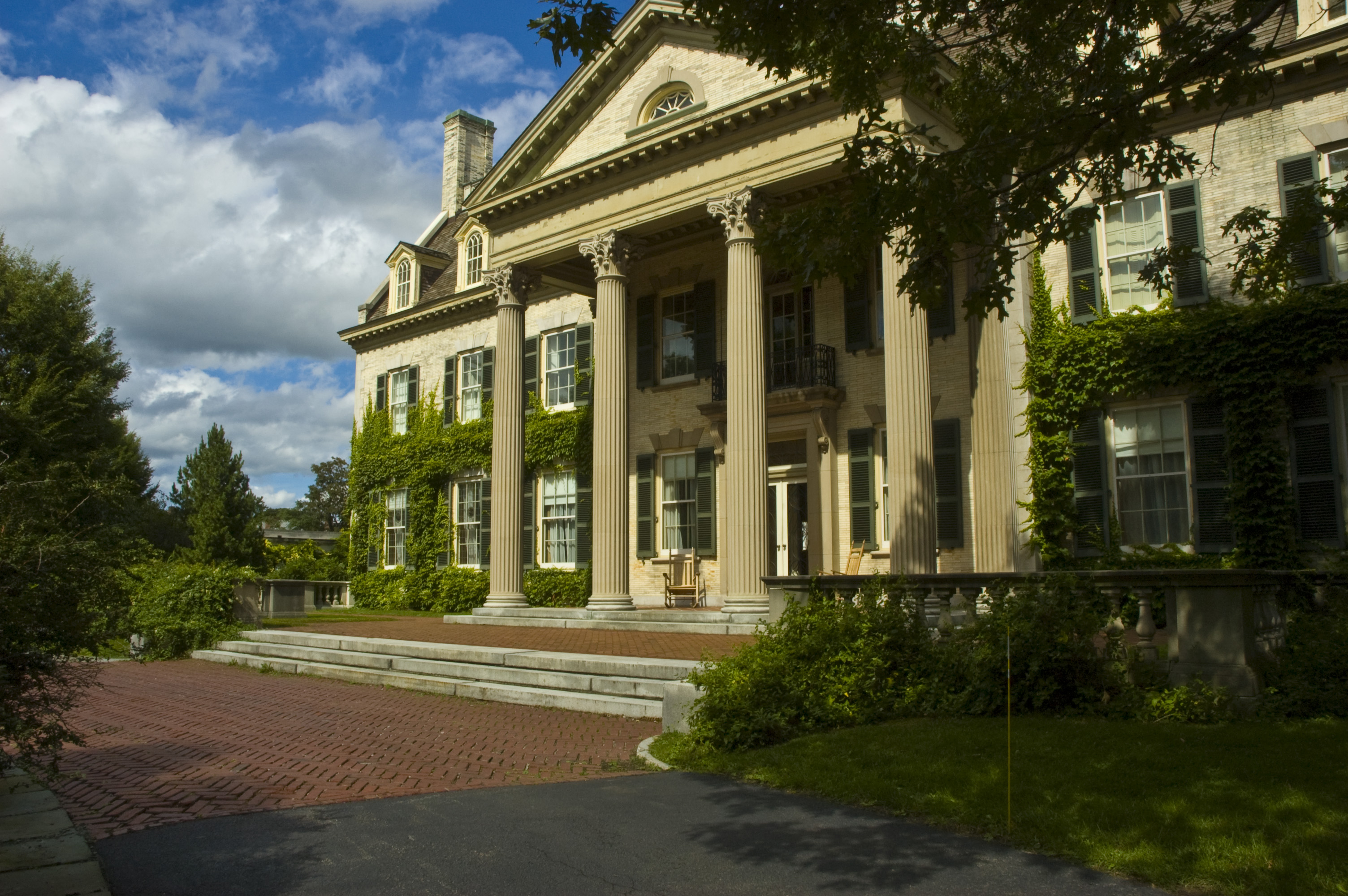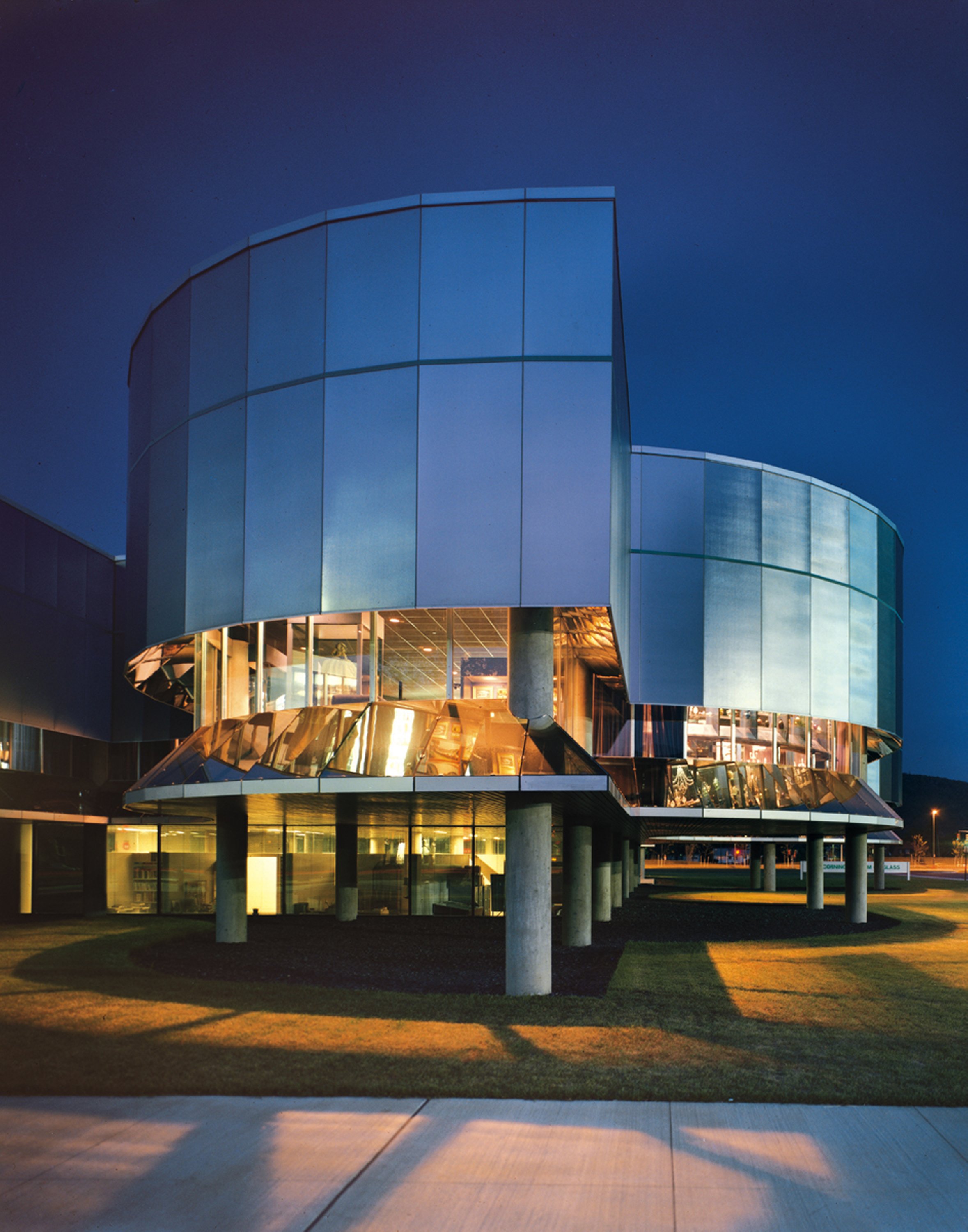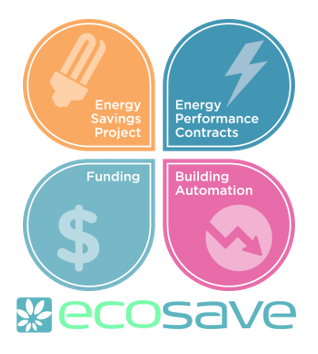Greener Museums in 2021?
Q and A with Joyce Lee, FAIA, LEED Fellow, WELL AP
 IndigoJLD Green + Health; info@indigoJLD.com
IndigoJLD Green + Health; info@indigoJLD.com
Joyce Lee, FAIA, WELL AP, LEED Fellow is the President of IndigoJLP Green + Health, providing green health, planning, benchmarking, and design services with a focus on cultural facilities. We spoke with Joyce about how museums are working towards being greener spaces, some of the challenges they face, and how museums can become more sustainable with green energy.
MANY: What is your favorite NY museum and why?
Joyce Lee: I have many favorite museums. Having served as Chief Architect for New York City OMB, I have always been an admirer of the Metropolitan Museum of Art, American Museum of Natural History, the Museum of Modern Art and the Whitney Museum. But there are plenty of wonderful museums north of the city that I love because of the stories they tell. The Everson in Syracuse; the Corning Museum of Glass near the Finger Lakes; the Baseball Hall of Fame in Cooperstown and the George Eastman Museum in Rochester. And as a mid-century modern fan, I took my family to the Empire Plaza in Albany to soak in the sculptures and works of architecture. A socially distanced glorious afternoon was spent in Albany during this apple picking season.

George Eastman Museum
 Corning Museum of Glass
Corning Museum of Glass
What NY museum building projects have most interested you?
Having the Queens Botanical Gardens achieve the first LEED Platinum for a New York City government building was definitely a highlight. The master planning phase already identified water as a common theme and its symbolic importance in this multi-cultural community. Water is a scare resource. Making it central in the building design of the administration building was so smart and forward-looking. I also encourage everyone to visit the Garden to see the roofscape of this building; it is highly functional in addition to its aesthetics, catching the sun, channeling water and piloting a green roof when there were so few precedents.
Highlighting water in constructed wetlands and composting toilets makes everyone acutely aware of our symbiotic relationship with clean water. The relevance today is astounding as climate change causes more flooding than ever before. The deluge of unhealthy water vs. precious clean water resonates all over the world.

Queens Botanical Gardens
Has environmental impact always been a concern in your work?
Having contributed to the PlaNYC environmental blueprint under Mayor Bloomberg, I find his vision giving a much larger context for my earlier green building work. My team was overseeing a city program when we had to report on over 200 million sqft of public facilities, including museums and libraries. Sustainability and awareness of environmental impact was just simply a better way to manage these assets.
My firm’s current cultural institutions work is still very connected to the cities and neighborhoods that they serve. As trusted institutions and pillars of the community, museums can educate and inspire a future that is not only just, equitable, but beautiful and climate positive for our next generations.
The trust factor in museums is also about authenticity. Museums need to talk the talk and walk the walk when it comes to carbon. Since museums can be enormous carbon emitters, they need to be better steward of the environment too. It will give museums much credibility when they use the climate platform towards COP 26 and beyond.
What are some of the sustainable operations and challenges museums face?
Although many people believe that car and truck emissions are the biggest contributors to Co2 in the earth’s atmosphere, we now know that buildings in fact contribute at much higher levels (up to more than 70% in cities). Since Co2 is so invisible to many museum professionals, I always start by saying planting a tree for shading can have energy impact.
We know that lighting is critically important for collections and exhibitions. The good news is that LED technologies have grown by leaps and bounds in the last decade. It behooves every museum to find the right LED lights for their space and gallery. Same with HVAC operations in the building where continuous commissioning could save much money, give better control of the collection environment, and increase human comfort. Now there is even low-cost financial programs for energy efficiency and COVID related strategies. But all this requires retooling our business practice and listening to experts. The biggest challenge? Complacency.
Museums are known as energy intensive organizations, why and what can be done?
Yes, since the publication of my benchmarking article in late 2017, many museum professionals have been surprised to learn that a museum can be more carbon intensive than a hospital. Most museums have 24/7 collections rather than 24/7 patients. And the back-of-the house staff sometimes have so many responsibilities that managing energy efficiency has not been a priority.
Thanks to the recent ASHRAE Chapter 24 guidance, there are many new advances. They include the range of temperature and relative humidity rather than an absolute number, like 70F or 50%. The gradual drifting has been well tested now for various material. The relaxation from strict numbers can save a lot of energy and money. Exhibit design including local micro-climate control display can also make a huge difference in galleries, taking human heat generation into account in high traffic areas.
Continuous air monitoring and AI driven analytics can pinpoint energy saving opportunities while improving air quality and ventilation. Finally, the design of large volume spaces, behind-the-scene spaces as well as the tightness of the building envelope can be defining factors if one is comprehensive about retrofits.
How can a museum that was built 100 years ago become a green building and become more sustainable?
Believe it or not, many older buildings constructed before the age of air-conditioning and elevators tend to be greener, more humane buildings than those in later eras. With a robust building mass and large windows, there is a lot to work with already. Remember this summer those buildings with operable windows and cross ventilation are those making headways too with fighting COVID?
Then there is the time value of carbon. The older the building, the lower the embodied carbon, which is a good thing. Every demolition creates enormous construction waste, some of which could be toxic, like asbestos, and much is still landfill bound. Retaining the building and creatively adapting it with today’s functions have many promises for museums. In our recent UN Climate Week webinar, we highlighted MoMA’s embodied carbon video in our webinar booklet. It is an important reference.
Who in the organization should be responsible for/own the work? Operations? Facilities?
Ideally everyone should have sustainability in the job description. Having the CEO embrace the concept is certainly a leadership move. Having sustainability and climate action discussed in board meetings is enormously helpful. Do not forget that the incoming generation of donors are very versed in this topic and may be driving Tesla cars already. The staff at the museum needs to be equally knowledgeable and savvy in their own domain, whether it is collections, education, facilities or communications.
Start with asking how one can use climate action as a way to lower operational cost. Is every long and short haul flight necessary? Do lights have to be on in all the current areas? Do we have guidance for event planners to save energy and water? Can we revisit setpoints in the building? Are there savings in trash removal? In this financial environment, who would want to be wasteful? This “waste-not” mindset could be applied in many ways. Please check out past winners of the American Alliance of Museums (AAM) Sustainability Excellence Awards.
How has the Covid-19 pandemic changed your work?
I am so saddened by the fatalities in this country. If there is a silver lining, it is the rapid recognition of quality indoor environments. Museums offer this exemplar environment to the public. This summer I collaborated with a number of built environment experts to encourage the World Health Organization to be clearer about indoor aerosol transmission. It is a subject that I have been studying with other scientists since early this year before the lockdown. We started looking at air changes, filters, efficacies of ultra-violet lights and bipolar ionization for clients.
While conservators have been taking the lead to measure air around the collections, we now know that continuously monitoring air quality is beneficial for human beings and collections in a museum. As for touchless faucets and toilets, adding in sensors and upgrading to low flow toilets can be synergistic strategies for health (lowering virus transmission) and the environment.
Then there is the design of the outdoors. Many museums could create well-conceived outdoor functional spaces while enhancing its urban design and contribution to the community. Even a rain garden is an amenity. Most regions of New York can have meaningful three-season active or contemplative spaces so that the visitors have more choices to engage with the institution.
What can a museum expect to save when they invest in green technologies?
We talk about the benefits of greening already, healthier for people and smarter for collections. It is not unusual to save 20-50% utility costs through an intensive analysis of the current operations.
Adding on to efficiency savings is the incorporation of state and local financial incentives. The New York State Energy Research and Development Authority (NYSERDA) has programs to help New York institutions. Take solar for example, a photovoltaic array could take Kwh off more carbon intensive grid electricity. Both the Sciencenter in Ithaca and the New York Hall of Science have been early adopters of renewable energy.
Once the solar array is paid off, the institution could harness the clean electricity for free. It is very possible to generate green power cheaper than the museum buying it from the grid while getting very close to achieving carbon neutrality.
What are the short-term as well as long-term returns?
The short-term return is sending an immediate message to your visiting public and potential donors that the museum action is part of the solution, not part of the problem. The International Council of Museums (ICOM) has made a sustainability resolution in 2019 with the global museum community.
By following the Paris Agreement principles, there are implementation avenues like operating expense reduction and capital expenditure avoidance through a shared savings model, commonly called an Energy Services Agreement.
Long term savings could be quite attractive. As a rule of thumb, for every $100,000/year in energy savings (around 1/3 of annual bills), the museum could identify $500,000 upfront capital improvement it does not need to fund. 20% of the $100K/yr savings could go towards reducing annual museum budgets and 80% would go to the Service Agreement to equipment payments and comprehensive maintenance. Every capital plan or campaign should benchmark its annual energy and water bills and go through this exercise to maximize its year-over-year savings and long-term returns.
For museums who have made progress in reaching green building status, what is the next step?
This is by no means exhaustive; many in the embedded list already have LEED status by 2019 for design and construction. The goal now is to operate green, paying attention to all aspects of the institutional operations, from exhibits to catering, staff commute and air travel as well as managing waste and recycling. In addition to Energy Star Portfolio Manager, the international ARC platform is very comprehensive and aligns with private companies that report on ESG (Environmental, Social and Governance). I am encouraged to find many interested museums in the commonwealth countries as well.
Museums can now demonstrate action not only in programming and operations, one can also lead by example through the museums’ investment portfolios. I am thrilled to be partnering with the CEO of the Wild Center in Tupper Lake, NY, to offer an American Alliance of Museums (AAM) free webinar on Endowments and ESG on February 17. We hope it will be very enlightening.

Joyce Lee FAIA, WELL AP, LEED Fellow, is president of IndigoJLD Green + Health providing green health, planning, benchmarking, and design services with a focus on cultural facilities. Joyce served under Mayor Bloomberg as Chief Architect at the New York City OMB. Her work has received numerous awards from USGBC, AIA, and HHS. She is on the University of Pennsylvania adjunct faculty. Her practice continues to assist cities to strengthen community sustainability, and help organizations reach carbon and wellness goals. She can be reached at info@IndigoJLD.com
